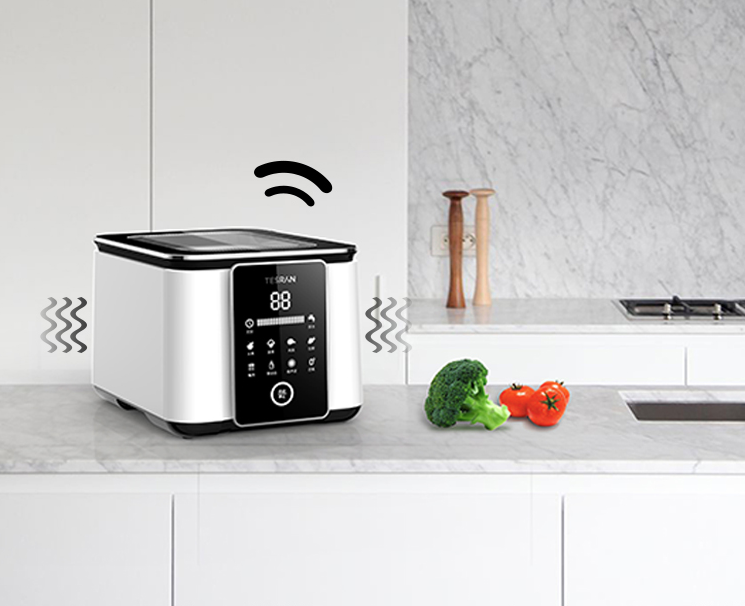Non classé
De nombreuses études menées dans différents pays ont montré que les rayons ultraviolets UV-C
Research in Multiple Countries
Le nouveau coronavirus (COVID-19) s'est répandu dans le monde entier, mais heureusement, après la découverte du COVID-19, le pays a immédiatement adopté des mesures d'isolement à domicile, qui ont permis d'endiguer l'épidémie nationale. Récemment, une étude menée conjointement par des chercheurs d'Australie, de Bolivie, du Canada et de Suisse a montré que les sources de lumière ultraviolette UV-C peuvent inactiver efficacement le nouveau coronavirus.
According to the wavelength, ultraviolet light is usually divided into:
UV-A (wavelength 315-400 nanometers)
UV-B (wavelength 280-315 nanometers)
UV-C (wavelength 200-280 nanometers)
The UV-C wavelength is the most reliable
Among them, the wavelength of UV-C ultraviolet light is the shortest and the energy is the highest. It can quickly destroy the DNA and RNA of bacteria, viruses and other microorganisms, preventing their reproduction and replication. The experimental results show that after being exposed to UV-C ultraviolet light for a few seconds, the novel coronavirus will be completely inactivated.
Applied to different scenarios
With these properties, UV-C ultraviolet light is applied in the fields of microbiological sterilization, biochemical analysis, etc. In the field of sterilization, this band of ultraviolet light has efficient broad-spectrum effects, which can quickly sterilize water, air, and the surface of objects.
Sterilization rate close to 100%
Experimental data shows that with a UV-C ultraviolet irradiation intensity of only 30 milliwatts per square centimeter, it takes only one second to achieve nearly 100% killing of most bacteria, which is widely used in the medical and health field.


Good!Nice Product!
suIOkbaoHqvxVAMC
ivrVchYSn